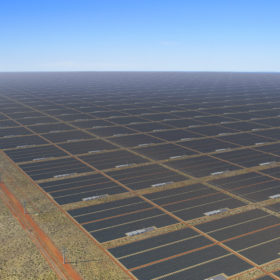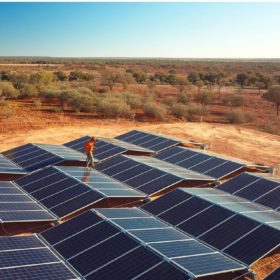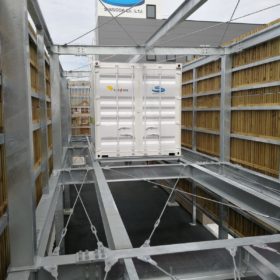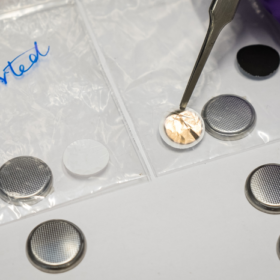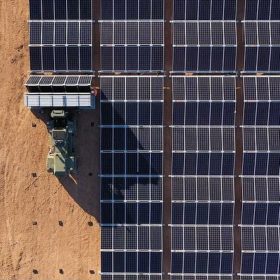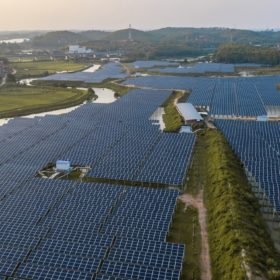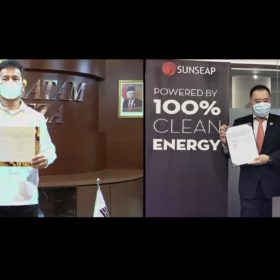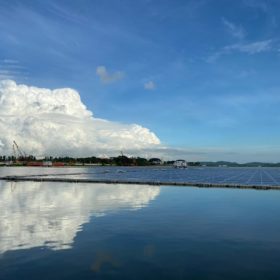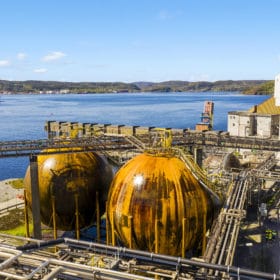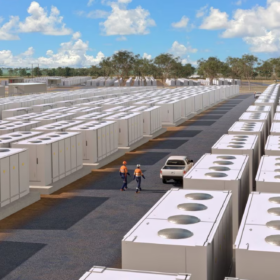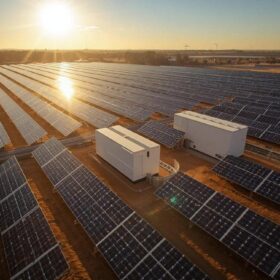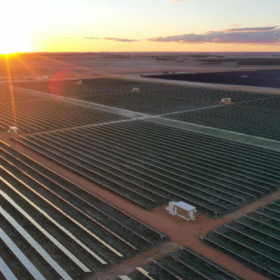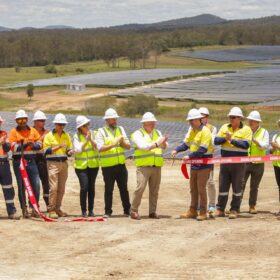Sun Cable names ‘global experts’ to deliver massive solar+storage project
Singapore-based Sun Cable has unveiled a powerhouse line-up of international engineering and advisory companies to help it deliver the world’s biggest solar PV and battery energy storage project being developed in Australia’s remote far north.
Sun Cable customer exits as energy price rises take toll
The world’s biggest solar PV and storage project has suffered a setback after a Singapore electricity retailer which had lined up to be a foundation customer for the renewable energy generated by Australia’s $26 billion Sun Cable project announced it will cease operations amid a record-breaking spike in electricity prices.
Vanadium redox flow batteries with purported LCOS of $0.10/kWh
Singapore-based VFlowTech has secured funds to scale up manufacturing of its vanadium redox flow batteries. The company currently offers three modular products that can be scaled to multi-megawatt-hour systems.
Novel technique to prevent fires in lithium-ion batteries
Singaporean scientists have developed a special device that prevents the formation of dendrites in lithium-ion storage. The additional layer they created works as an interface on behalf of the negative electrode, to exchange lithium-ions with the positive electrode.
World’s largest solar+storage project ‘first of many’ says developer
The Australian-Singapore group behind a proposed 20 GW solar PV farm and 42 GWh battery energy storage project being developed in Australia’s remote far north has hinted other, similar-sized projects are already in the pipeline.
Corporate renewable PPAs are on the rise in Asia Pacific, says WoodMac
Corporate power purchase agreements are the second most adopted purchasing method in the world, and they’re growing fast. With the U.S. and Europe picking up the pace in the last year, the Asia Pacific is not going to be left behind, with Wood Mackenzie estimating corporate PPAs in the region doubled in the last year.
Sunseap announces 2.2 GW floating PV project at Indonesian water reservoir
If built, the project would be the world’s largest floating PV power plant and would reach the same capacity as the largest ground-mounted facility currently in operation.
Singapore’s 60 MW floating PV array up and running
There’s talking the talk, there’s walking the walk, and then there’s walking the walk on water. Earlier this year at US President Joe Biden’s Virtual Leaders Summit on Climate, Singaporean Prime Minister Lee Hsien Loong said the city-state would need to “innovate and use technology extensively” to overcome its resource scarcity. With one of the world’s largest floating PV arrays now in operation, it seems as if Singapore is floating in the right direction.
Global powerhouses partner to develop clean ammonia value chain for shipping fuel
Commodity trader Trafigura and Oslo-based ammonia leader Yara International ASA have signed a Memorandum of Understanding that will see supply of clean ammonia as well as joint R&D projects as the two companies look to promote clean ammonia as a shipping fuel and develop its value chain and infrastructure.
Green hydrogen and the cable-pipeline dilemma
New research from Singapore has found that gas pipelines for the onshore transport of green hydrogen and the cables for the transport of electricity to produce it at a distant location have similar costs at a 4000 km transmission distance. For longer distances, gas pipelines were found to be cheaper than cables, although the electric lines are said to benefit from scaling up and higher utilisation. For both options, however, a currently too high hydrogen LCOE remains the biggest barrier to overcome.
